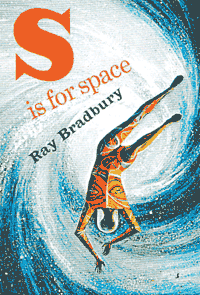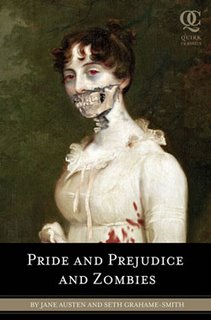RIP, J.G. Ballard.
His was among the strange New Worlds fiction that I encountered as an unsuspecting kid in my brother’s sf collection, higgledy-piggledy among the Clarke, Asimov, and Simak. I didn’t know what to make of it then, but it’s been sitting in my backbrain all these years, still messing with the contents.
======
Strangely, one of my grad school professors was, like Ballard, born and raised in Shanghai, and like him was also interned as a boy by the Japanese during World War II. He said, of both the book and movie versions of Empire of the Sun, “It was nothing like that.” I wish now I had taken notes; he gave a number of specific examples. But it shows that memoir (and memory), like fiction, are the product of an intensely personal process. This is the construction of meaning through narrative.
In searching academic literature on memory recently, I came across a review article on “Trauma and Memory” (Van der Kolk, Bessel A. (1998), Psychiatry and Clinical Neurosciences 52:S97-S109). The author compares the recollection of traumatic events with ordinary memories from both a clinical and a neuroscience perspective. Combat veterans and other sufferers of PTSD do not experience recollection of the most traumatic events as memory, but as fragments of direct, unprocessed sensory input. During traumatic experiences, the sense-impressions received by the brain bypass the parts, like the hippocampus, that would organize them into a coherent form of consciousness, and so memories do not form as in ordinary experience. This “organizing” is the creation of a narrative out of the fragments and at the same time, creation of meaning which the fragments lacked. At the clinical level, processing traumatic memory was the stitching together of a story of the experience….. a process which most of us, most of the time, do so effortlessly we hardly notice.
No wonder being told stories, in fiction, in movies, in art, has such a huge effect on how we think and feel. Narrative is how we think and feel. …
Read More Read More
 In brainstorming topics for my ‘getting back on the horse’ return post here at Black Gate after my absence of a few months — I’ve come up with a few mildly interesting ideas. Firstly, I thought about looking at the nature of escapism, how it shouldn’t have the unfair pejorative connotation it does, and how it certainly isn’t limited to works of prose or film or video games designed solely to entertain. Then too I was considering a weird phenomenon I’ve only really just been made conscious of, that of how utterly mainstream fantasy, or, let’s say ‘the fantastic,’ has become just in the last few decades — and I mean aside from the obvious stuff like the popularity of fantasy and science fiction books and movies, but everything from television commercials and product packaging to childrens’ toys and popular expressions bear out the reality that the once distant worlds of speculative fiction are now familiar place names in the cultural atlas of modern life.
In brainstorming topics for my ‘getting back on the horse’ return post here at Black Gate after my absence of a few months — I’ve come up with a few mildly interesting ideas. Firstly, I thought about looking at the nature of escapism, how it shouldn’t have the unfair pejorative connotation it does, and how it certainly isn’t limited to works of prose or film or video games designed solely to entertain. Then too I was considering a weird phenomenon I’ve only really just been made conscious of, that of how utterly mainstream fantasy, or, let’s say ‘the fantastic,’ has become just in the last few decades — and I mean aside from the obvious stuff like the popularity of fantasy and science fiction books and movies, but everything from television commercials and product packaging to childrens’ toys and popular expressions bear out the reality that the once distant worlds of speculative fiction are now familiar place names in the cultural atlas of modern life. If a single positive resulted from the work of that woefully misinformed but correctly acronymed organization BADD (Bothered about Dungeons & Dragons), a group that waged a crusade to stop children from jumping into the Bags of Holding that they learned to construct from an $11.99 hardcover rulebook purchased at a hobby store, it was the computer RPG
If a single positive resulted from the work of that woefully misinformed but correctly acronymed organization BADD (Bothered about Dungeons & Dragons), a group that waged a crusade to stop children from jumping into the Bags of Holding that they learned to construct from an $11.99 hardcover rulebook purchased at a hobby store, it was the computer RPG  Courtesy of
Courtesy of 
 Everyone who loves imaginative fiction should raise their voice, frequently, in praise of
Everyone who loves imaginative fiction should raise their voice, frequently, in praise of 